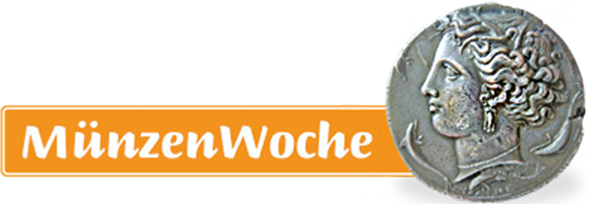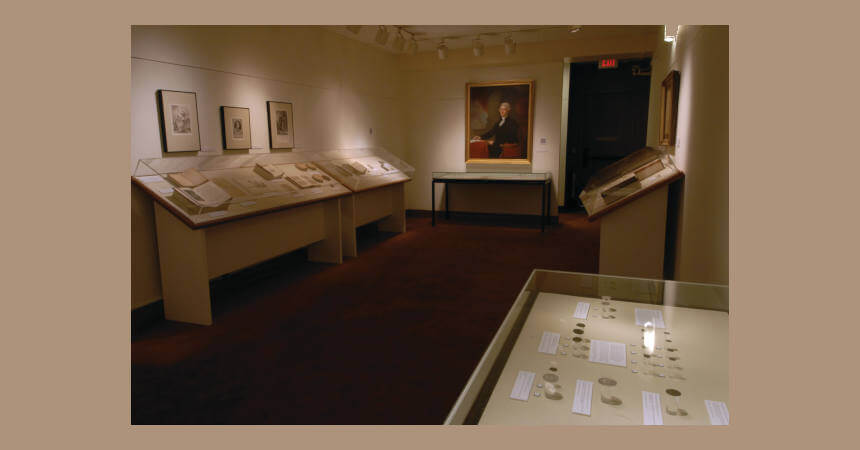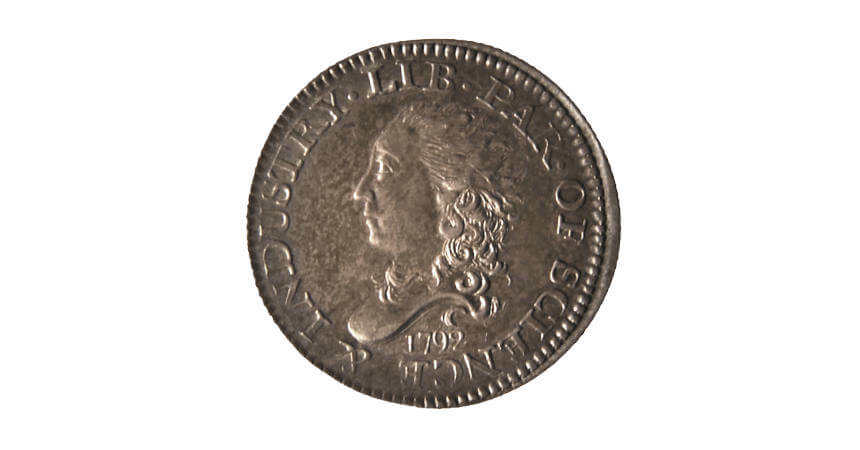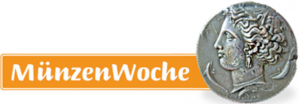Princeton University Numismatic Collection
Wenn es kein Logo gibt, wird diese Spalte einfach leer gelassen. Das Bild oben bitte löschen.
(Dieser Text wird nicht dargestellt.)
Department of Rare Books and Special Collections
Firestone Library
1 Washington Road
Princeton, NJ 08544
Tel: +1 (609) 258-9127
Going back at least to 1849 when alumni donated over 5,000 sulfur casts of Greek and Roman coins to what was then incorporated as the College of New Jersey, Princeton University’s collection is the oldest continuously curated numismatic collection in the United States. Located in the Firestone Library, Princeton University maintains a comprehensive numismatic collection for use in research, teaching, and exhibits. It shares exhibit space with other departments of the library’s Department of Rare Books and Special Collections.
Major Exhibitions
The Department of Rare Books and Special Collections sponsors four major exhibitions annually: two in the library’s main gallery on the first floor and two in the Milberg Gallery on the second floor. The Cotsen Children’s Library includes an interactive exhibition gallery for children. In addition, materials from the collections are displayed in various lobby cases, in online galleries, and in the exhibition gallery of the Seeley G. Mudd Manuscript Library at 65 Olden Street.
The general collection has grown to more than 60,000 specimens, often due to generous gifts of numismatic collections from alumni and faculty. The archaeological aspect of University’s collection centers on 40,000 Greek, Roman, Byzantine and Muslim coins excavated before 1939 at Syrian Antioch. By category, the collection contains over 3,000 coins from the Classical and Hellenistic periods, as well as the „pseudo-autonomous“ coins issued by Greek cities under the Roman Empire. Coins issued by Greek cities in the names of Roman emperors however, are housed with the Roman material. The most notable single group consists of 314 silver staters and their fractions from Tarentum.
There are about 6,000 Roman coins, including the „Greek imperials“ ? 650 of which were struck during the Republican era, plus there is a considerable holding in the coinage of Roman Corinth.
From the Byzantine era, there are over 500 gold, silver, and bronze coins. Medieval European coins number about 275, the largest are those from the Italian states, England, and France (52). From Southeast Asia, the University has a considerable collection of Chinese coins, especially the donated collection in 2006 of more than 2,000 coins of Souheng Wu by the Wu family. The collection is rich in round copper coins with square holes from the 9th through 19th centuries, which nicely complements the Museum’s other holdings of ancient issues of China in the shape of knives and spades.
The remainder of the collection consists of about 2,000 items of the United States, including the Colonial, Continental, and Confederate periods, particularly paper money of these periods. Also included are New Jersey items and „Rosa Americana“ series and over 770 aviation medals on subjects from ballooning to space travel.
This text was written by Howard M. Berlin and first published in his book Numismatourist in 2014.
You can order his numismatic guidebook at Amazon.
Howard M. Berlin has his own website.










